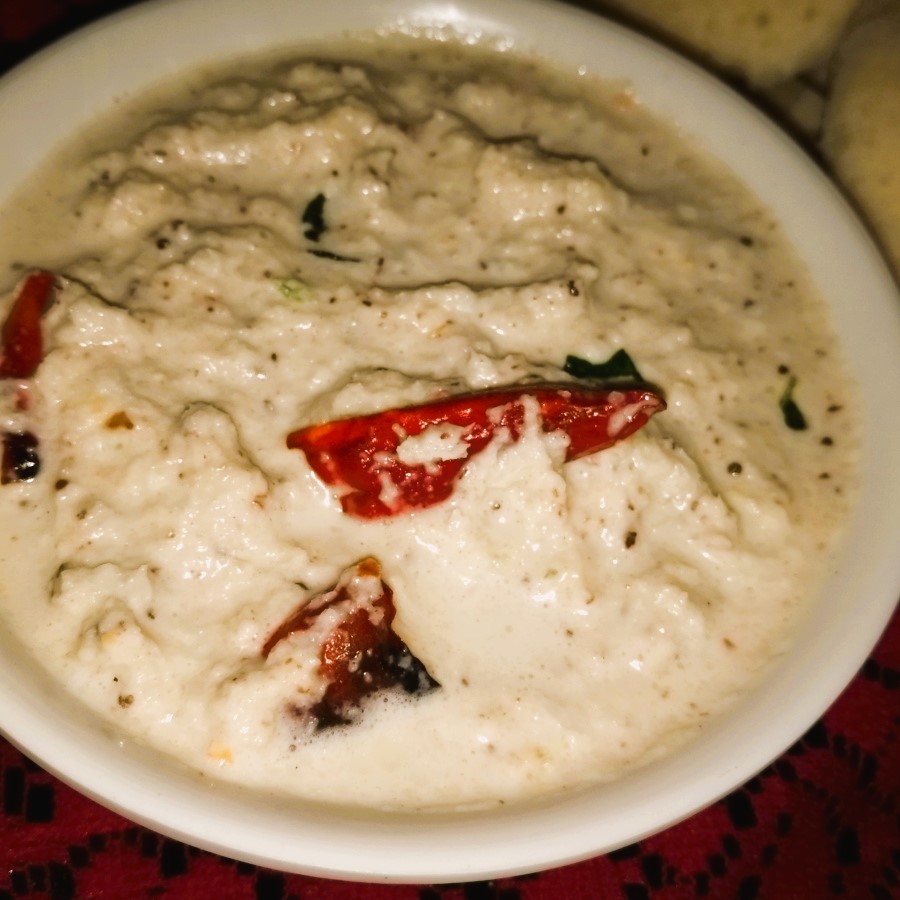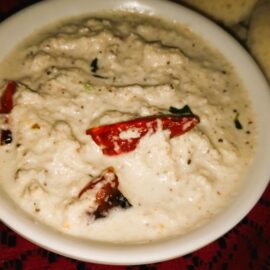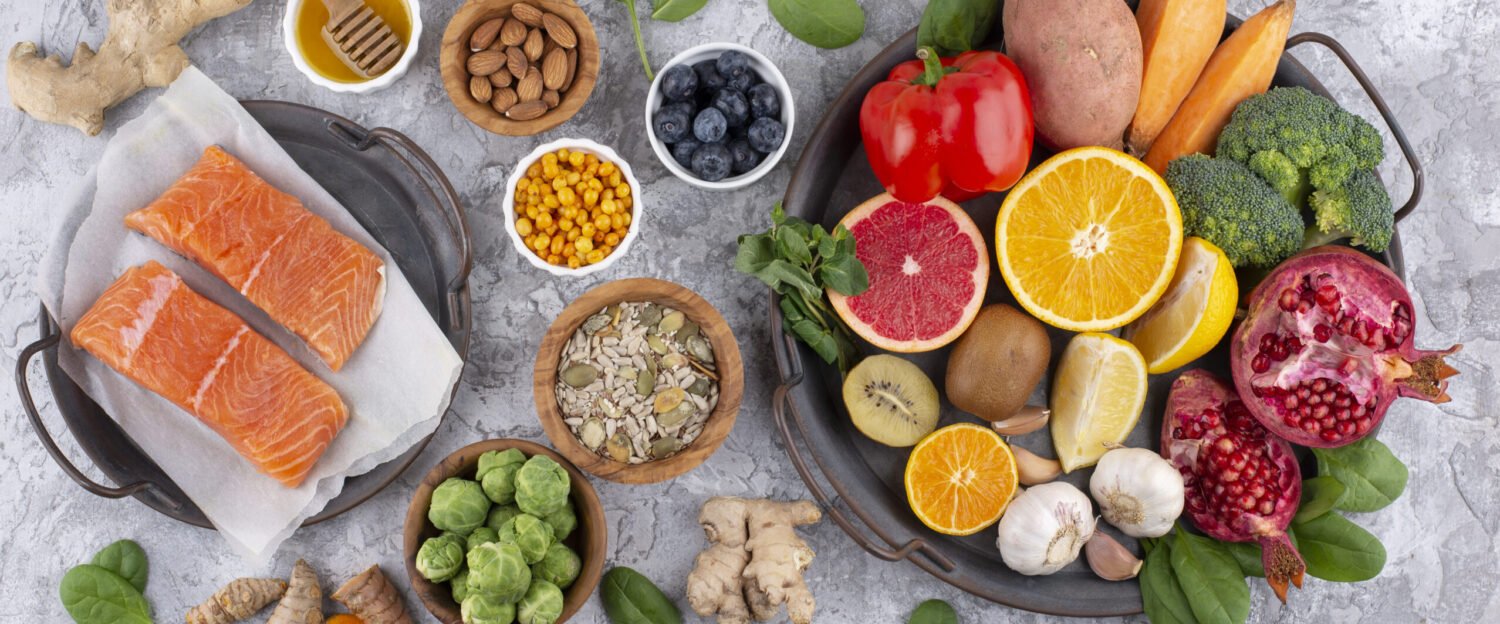
Table of Contents
Introduction:
Coconut chutney is beloved for its simplicity, versatility, and its knack for elevating dining experiences with its unique blend of flavors. This particular coconut chutney is renowned for its refreshing taste and gentle spice, making it an excellent accompaniment to a variety of dishes. Feel free to adjust the ingredients and spice levels according to your personal preferences, ensuring it perfectly complements your culinary creations. Coconut chutney is a popular and versatile condiment in South Indian cuisine, known for its refreshing taste and ability to complement a variety of dishes. Here’s more information about coconut chutney:
Key Point to prepare coconut chutney:
What are the Ingredients for coconut chutney:
- Coconut:
- The primary ingredient, fresh or desiccated coconut, forms the base of the chutney. Coconut adds a rich and creamy texture to the chutney.
- Roasted Chana Dal:
- Roasted chana dal (split gram dal) is often included to provide thickness and a nutty flavor to the chutney.
- Green Chilies:
- Green chilies contribute spice to the chutney. The number of chillies can be adjusted according to one’s personal taste.
- Ginger:
- Fresh ginger adds a hint of warmth and a zesty flavor to the chutney.
- Tamarind:
- Tamarind paste or soaked tamarind is used to add a tangy element to the chutney. It balances the sweetness of coconut.
- Salt:
- Salt is added to enhance the overall flavor.
Optional Ingredients for Tempering:
- Coconut Oil:
- Coconut oil is traditionally used for tempering, enhancing the coconut flavor.
- Mustard Seeds:
- Mustard seeds add a burst of flavor during tempering.
- Urad Dal:
- Urad dal (split black gram) contributes a nutty taste and texture.
- Curry Leaves:
- Curry leaves provide a unique aroma and flavor.
- Dried Red Chilies:
- Dried red chilies add a touch of spice to the tempering.
Preparation:
- The ingredients are typically blended together to form a smooth or slightly coarse paste. Water is added as needed to achieve the desired consistency.
- Some variations may include additional elements like fresh coriander leaves or mint for added freshness.
Serving:
- Coconut chutney is a popular accompaniment to various South Indian dishes such as dosa, idli, vada, uttapam, and pongal.
- It can also be served as a condiment with rice dishes, snacks, or used as a spread in sandwiches.
Health Benefits:
- Coconut is a good source of healthy fats, vitamins, and minerals.
- The inclusion of roasted chana dal provides protein and dietary fiber.
- The spices used in the chutney, such as ginger and green chilies, may have potential health benefits, including anti-inflammatory properties.
Variations:
- Coconut chutney recipes can vary regionally and from household to household. Some variations may include different spices, herbs, or additional ingredients like roasted peanuts.
- “Red Coconut Chutney” is a variation that includes red chilies for a spicier flavor and vibrant color.
Related Posts:

Coconut Chutney – Breakfast Recipes
Ingredients
- 1 cup grated coconut fresh or frozen
- 2 tablespoons roasted chana dal split gram dal
- 1-2 green chilies/Red Chilli chopped (adjust to taste)
- 1/4 cup fresh coriander leaves optional
- 1 tablespoon tamarind paste or 1 small piece of tamarind soaked in water
- Salt to taste
For Tempering:
- 1 tablespoon coconut oil or vegetable oil
- 1/2 teaspoon mustard seeds
- 1/2 teaspoon urad dal split black gram
- A few curry leaves
- 1-2 dried red chilies broken into pieces
Instructions
Roasting:
- Lightly Roast the Coconut, Green Chili for 5min and at last add roasted chana dal and let it cool.
Prepare the Chutney:
- In a blender or food processor, combine grated coconut, roasted chana dal, chopped green chilies, ginger, coriander leaves (if using), tamarind paste (or soaked tamarind without seeds), and salt.
Blend:
- Blend the ingredients until you get a smooth or slightly coarse texture. If needed, add a little water to facilitate blending, but avoid making the chutney too watery.
Adjust Consistency and Seasoning:
- Adjust the consistency by adding more water if necessary. Taste the chutney and adjust the salt and spiciness according to your preference.
Tempering (Optional):
- In a small pan, heat coconut oil or vegetable oil. Add mustard seeds and urad dal. Allow them to splutter and add curry leaves and dried red chilies. Fry for a few seconds until the dal turns golden brown.
- Pour this tempering over the prepared coconut chutney and mix well.
Serve:
- Transfer the coconut chutney to a serving bowl.
Notes
- Serve coconut chutney with dosa, idli, vada, uttapam, or any South Indian snack.
- You can also use it as a dip for vegetable sticks or as a spread in sandwiches.
Nutrition:
The nutritional value of coconut chutney can vary based on the specific ingredients and proportions used in the recipe. Below is a general overview of the nutritional components in coconut chutney, considering standard ingredients and portions:
Basic Nutritional Values (per 2 tablespoons serving, approximately):
| Calories: 50-70 kcal |
| Protein: 1-2 grams |
| Carbohydrates: 3-5 grams |
| Fat: 4-6 grams |
| Fiber: 1-2 grams |
| Sugar: 1-2 grams |
Key Nutrients and Health Benefits:
- Coconut:
- Coconut is rich in healthy fats, including medium-chain triglycerides (MCTs), which are known for their potential health benefits.
- Roasted Chana Dal:
- Roasted chana dal adds a small amount of protein and dietary fiber to the chutney.
- Green Chilies:
- Green chilies contribute minimal calories but add spiciness to the chutney. They may also contain vitamins and antioxidants.
- Tamarind:
- Tamarind provides a tangy flavor and may offer some health benefits due to its antioxidant and anti-inflammatory properties.
Additional Considerations:
- Tempering (Optional):
- If the chutney includes tempering with coconut oil, mustard seeds, urad dal, curry leaves, and dried red chilies, it adds a small amount of healthy fats and additional flavors.
- Salt:
- The salt content can vary based on personal preference. Consuming chutney in moderation helps manage sodium intake.
Health Tips:
- Healthy Fats:
- Coconut chutney contains healthy fats from coconut and, if used, coconut oil. These can be part of a balanced diet when consumed in moderation.
- Dietary Fiber:
- The roasted chana dal contributes some dietary fiber, aiding in digestion.
- Vitamins and Minerals:
- Coconut may contain small amounts of vitamins such as B vitamins and minerals like iron and copper.
- Low Sugar:
- Coconut chutney is generally low in added sugars, making it a healthier condiment option.
It’s important to note that these values are approximate and can vary based on the specific recipe and ingredient choices.
